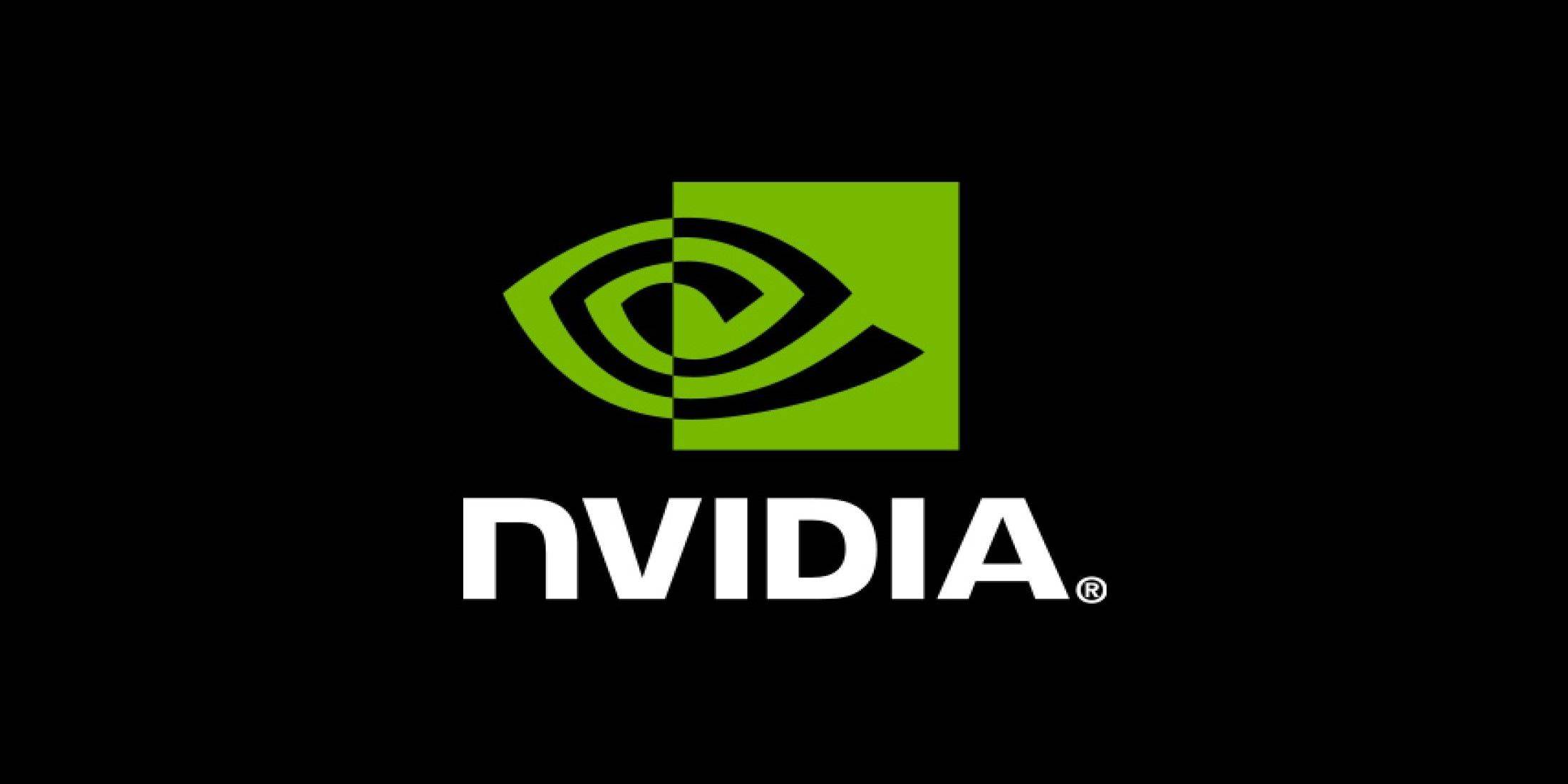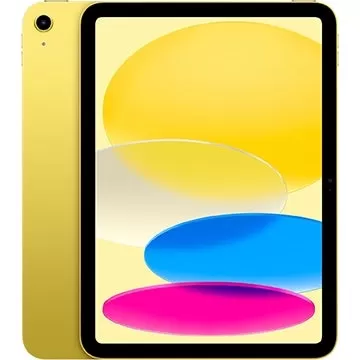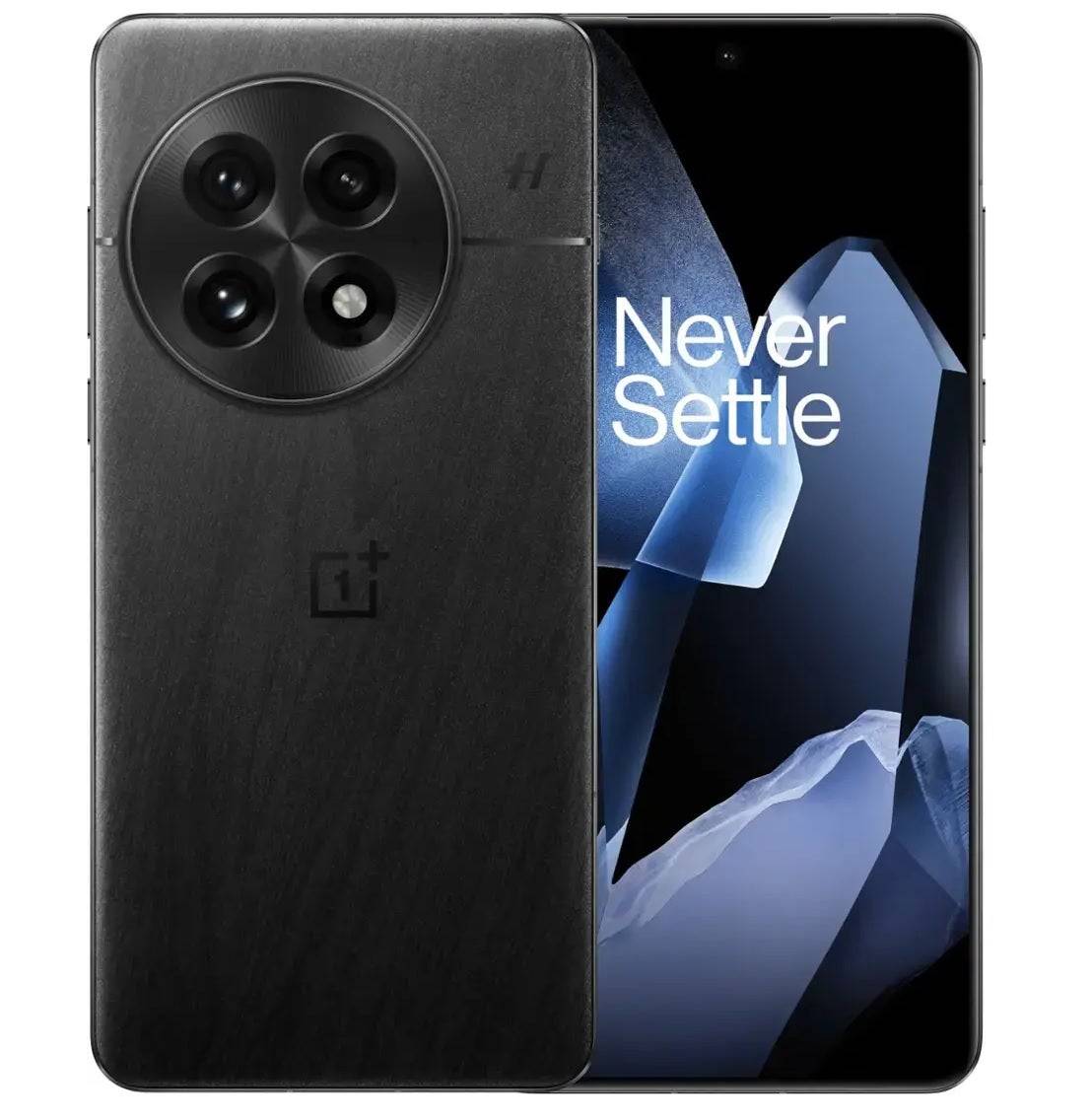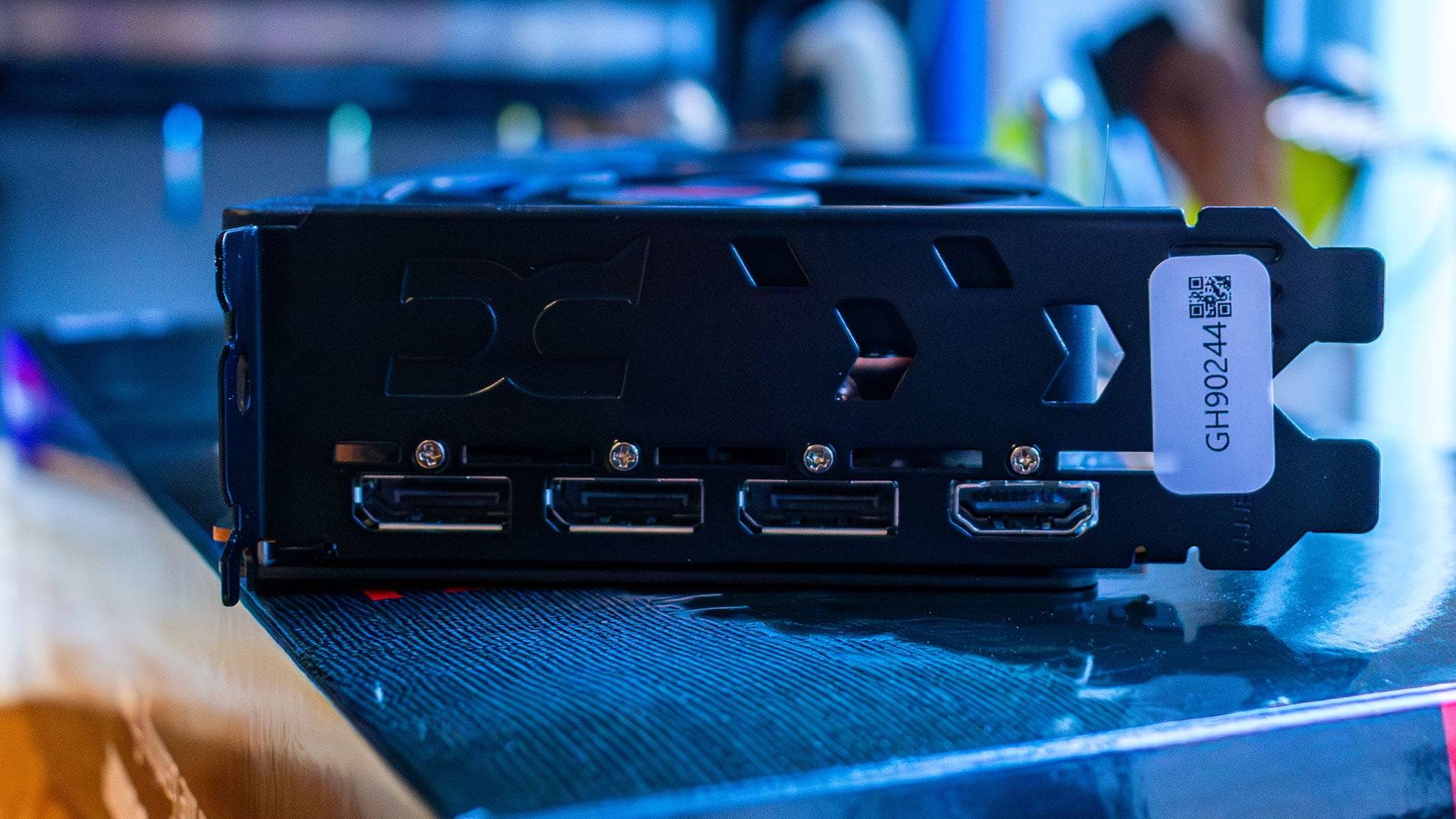MicroSD Express: A Must for Nintendo Switch 2
When Nintendo unveiled the Nintendo Switch 2 last week, they announced that the console exclusively supports expansion through MicroSD Express cards. While this may pose an inconvenience for users with existing MicroSD collections, it's a strategic move due to the superior speed of MicroSD Express. These cards can achieve read/write speeds comparable to the UFS (Universal Flash Storage) used in the Switch 2's internal storage, theoretically allowing games on the expansion card to load as quickly as those stored internally. However, this advantage comes with the trade-off of not being able to use more affordable non-Express MicroSD cards.
MicroSD vs. MicroSD Express
Over the years, MicroSD cards have evolved through six different speed ratings, starting from a modest 12.5MB/s with the original SD cards, to the much faster SD UHS III at 312MB/s. The introduction of the SD Express standard five years ago marked a significant leap in performance. The key difference with SD Express is its use of a PCIe 3.1 interface, which is also used by high-performance NVMe SSDs, allowing for much higher data transfer rates. Full-sized SD Express cards can now reach speeds up to 3,940MB/s, a massive improvement over previous generations.
While MicroSD Express cards don't match the top speeds of their full-sized counterparts, they still offer impressive performance, reaching up to 985MB/s, which is three times faster than the fastest non-Express MicroSD card.
Why Does the Switch 2 Require MicroSD Express?
Although Nintendo hasn't disclosed the specific reasons behind this requirement, the primary advantage is undoubtedly the increased speed. A game installed on a MicroSD Express card will load significantly faster than one on a traditional UHS-I MicroSD card, thanks to the PCIe 3.1 interface. This could signal a trend for future handheld gaming devices as well.
The Switch 2's internal storage has been upgraded to UFS from eMMC, making it crucial for the expansion storage to match these speeds. Early demos suggest that games like Breath of the Wild load much faster on the Switch 2, with improvements ranging from 35% during fast travel, as reported by Polygon, to a 3x faster initial load, according to Digital Foundry. These enhancements could be attributed to both the faster internal storage and the improved CPU and GPU, which can process data more efficiently. The need for external storage to keep pace ensures that future games requiring faster disk access aren't hindered by slower SD cards.
Moreover, this move future-proofs the console, as the current fastest SD card standard, SD 8.0 Specification, supports full-size SD Express cards up to 3,942MB/s. While MicroSD Express cards aren't there yet, they have the potential to reach these speeds in the future, provided the Switch 2 supports them.
MicroSD Express Capacity Options
MicroSD Express cards have been slow to gain traction, but their adoption is expected to increase with the Nintendo Switch 2's launch. Currently, options are limited. For example, Lexar offers a single MicroSD Express card in 256GB, 512GB, and 1TB capacities, with the 1TB variant priced at $199.
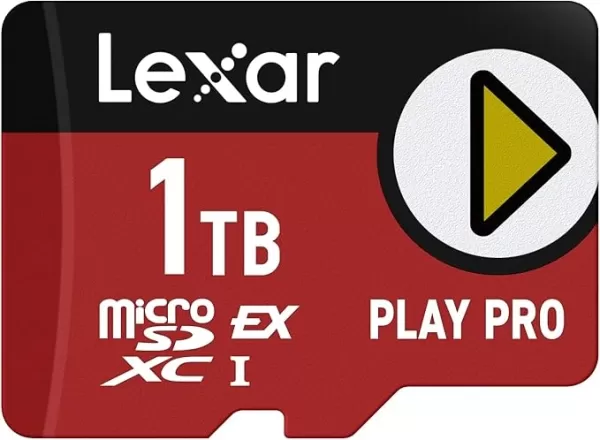
Lexar Play Pro MicroSD Express
0See it at Amazon
SanDisk, meanwhile, offers a single MicroSD Express card with a maximum capacity of 256GB, which matches the internal storage of the Switch 2. While larger capacity options might be scarce at launch, the market is likely to expand as companies like Samsung begin to produce more MicroSD Express cards.
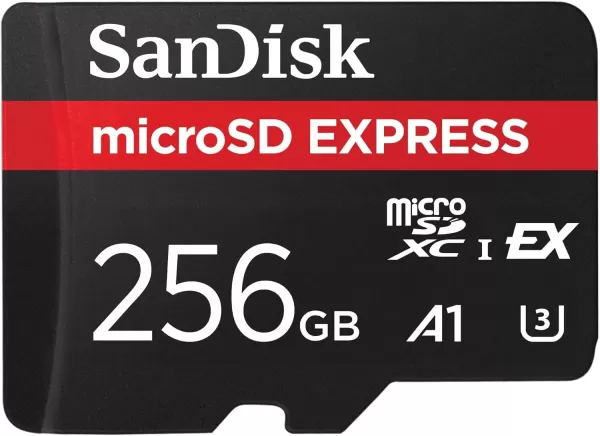
SanDisk MicroSD Express 256GB
0See it at Amazon
Latest Articles

![1xBet [Updated]](https://imgs.yx260.com/uploads/76/1719623227667f5e3be7616.jpg)









